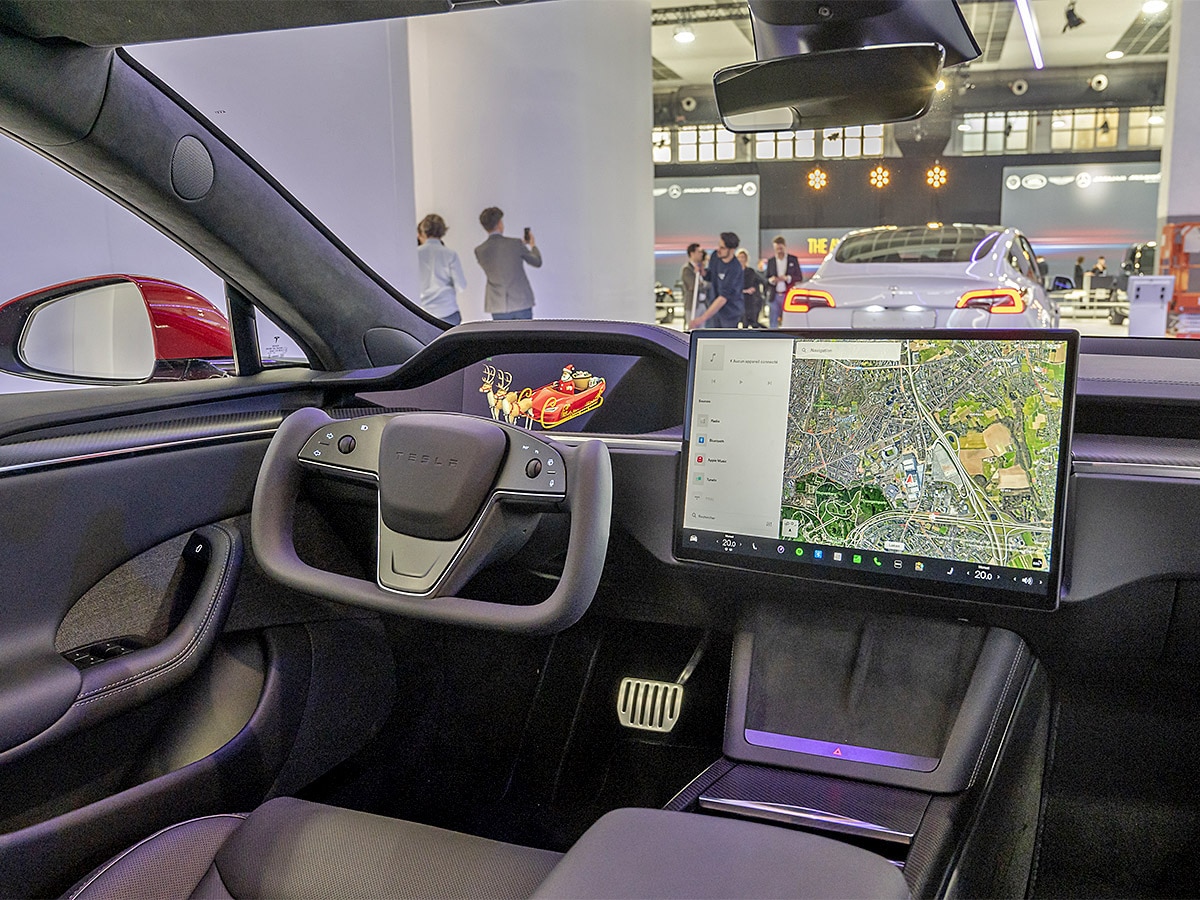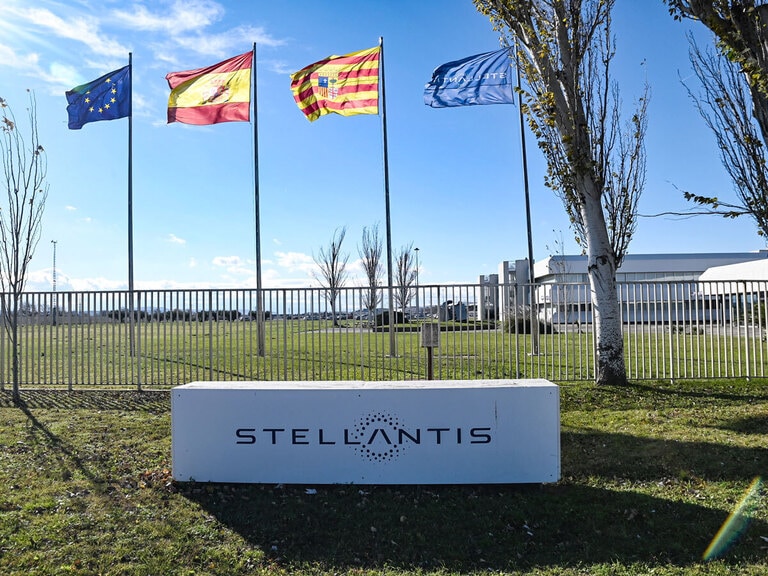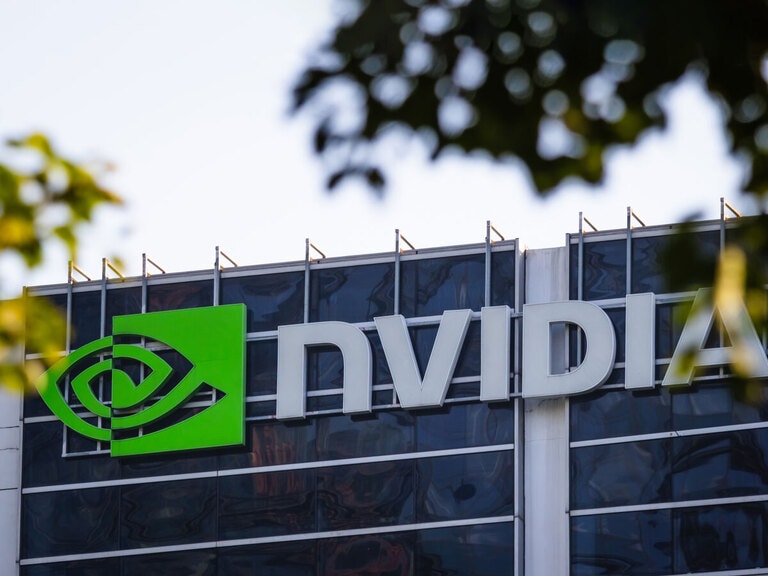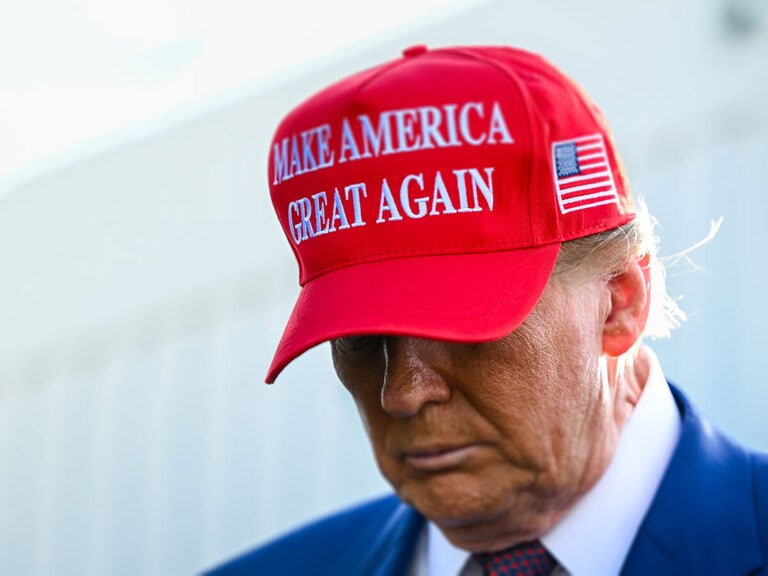Days after Tesla’s CEO Elon Musk appeared in court to defend a 2018 tweet, the company beat analyst expectations with record quarterly revenue and profit. However, with competition from a reopened China looming, it faces a battle to maintain margins and market share.
- Tesla beats earnings and revenue expectations with record quarter.
- Margins have narrowed, and competition from China is set to grow further.
- KraneShares Electric Vehicles & Future Mobility Index ETF up 15% year-to-date.
Tesla’s [TSLA] share price gained 10.75% on 26 January, after the electric vehicle (EV) manufacturer posted its best-ever earnings and revenue results. According to Forbes, revenue of $24.3bn and earnings per share (EPS) of $1.19 beat analyst expectations of $1.13, despite a squeeze on gross profit margin.
As Opto reported earlier, Tesla lost about $675bn in market valuation in 2022. Tesla’s share price nosedived during what was the worst year in its stock history, losing 53.8% in the last 12 months. However, the stock is up 17.3% through 2023 to date.
The report comes within days of CEO Elon Musk taking to the witness stand to defend a tweet he sent in 2018, stating that he was “considering taking Twitter private at $420,” with “funding secured” from Saudi Arabia’s Public Investment Fund (PIF).
On 23 January Musk told a court in San Francisco that he had considered it a “done deal” that the PIF would back his takeover when he sent the tweet, which sent Tesla’s share price up 11% that day. Lawyers for Tesla shareholders who subsequently lost out when the takeover didn’t happen allege that the tweet deliberately boosted Tesla’s share price.
An earnings beat and modest guidance
Having recently slashed prices by almost 20%, Tesla’s sales were bound to come under scrutiny, and its margins to be squeezed.
It delivered on the former point, with automotive revenues increasing 33% year-over-year to $21.3bn and total revenues up 37% year-over-year to $24.3bn, exceeding by 0.7% the $24.2bn forecast by Refinitiv analysts. Total deliveries of all models rose 31% year-over-year to a record 405,278. Model S and X deliveries drove much of this growth, rising 46% to 17,147.
These increased volumes came at the expense of gross profit margin, which shrank by 360 basis points year-over-year to 23.8%, its lowest level since 2021. Despite this, Tesla was able to increase EPS by 40% year-over-year to $1.19, beating analyst expectations of $1.13 by 5.3%.
Overall, in 2022 Tesla increased its revenues by 51% to $81.5bn, falling slightly short of the $81.72 analysts had expected, while EPS rose 80% to $4.07, beating the $4.01 predicted by analysts.
Tesla didn’t issue new guidance but reiterated its commitment to the 50% compound annual growth rate (CAGR) target it unveiled in 2021.
Analysts were surprised, however, that Tesla’s production guidance for 2023 stands at a relatively modest 1.8 million despite recent production increases, with one analyst asking Musk about it during the earnings call.
Musk replied that Tesla is “saying 1.8 because there always seems to be some… force majeure thing that happens somewhere on Earth.
“We don’t control if there’s earthquakes, tsunamis, wars, pandemics, etc. If it’s a smooth year, without some big supply chain interruption or massive problem we have the potential to do 2 million cars this year.”
Throughout 2022, EV makers struggled as inflation put upward pressure on costs while stifling demand, and supply chain issues weighed on production.
Much of the industry’s woes are, however, tied to the fact that many of the major players besides Tesla have been based in China. These stocks were especially hard-hit thanks to the strict Covid-19 rules in place across the country for much of the last year, but with these now lifted, 2023 could deliver a lift for the global EV market.
Tesla faces competition on this front from BYD [1211.HK], which in the first half of 2022 overtook Tesla as the leading producer of plug-in (battery-only plus hybrid) cars globally. Data released in December show that BYD is dominant over Tesla in the Chinese market, with the former selling 1.6 million EVs between January and November last year, while the latter sold 1.4 million for all of 2022.
China is set to drive much of the industry’s growth over the coming years. A 25 January report from Fortune Business Insights expects the industry to increase from $287.4bn in 2021 to $1.3trn by 2028, at a CAGR of 24.3%, with China being “responsible for the maximum share regarding passenger automobiles and other vehicles.”
Funds in focus: KraneShares Electric Vehicles & Future Mobility Index ETF
The KraneShares Electric Vehicles & Future Mobility Index ETF [KARS] holds Tesla as its seventh-largest holding, with a 3.09% weighting as of 25 January. BYD is the fund’s 10th-largest holding, with a 2.77% weighting. KARS has fallen 22.3% in the last 12 months, but has recovered in recent weeks, gaining 15.1% year-to-date.
Meanwhile, the Global X Autonomous & Electric Vehicles ETF [DRIV] gained 16.5% year-to-date, having fallen 15.1% over the past 12 months. Tesla has a 1.69% weighting in the fund as of 25 January.
Analysts yield a median 12-month price target of $186.00 for Tesla, implying 28.8% upside for the stock over the coming 12 months. BYD, meanwhile, is forecast to grow 37.2% over the same period.
Continue reading for FREE
- Includes free newsletter updates, unsubscribe anytime. Privacy policy





